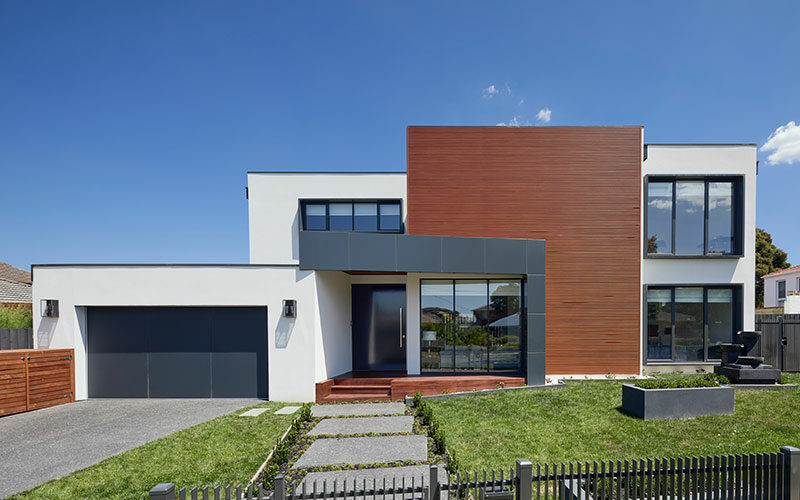If you’ve ever wondered about the intricate world of composite door fittings, you’ve come to the right place. In this comprehensive guide, we’ll delve into the basics of door fittings and explore everything from hinges to locks. Whether you’re a homeowner looking to upgrade your doors or a DIY enthusiast eager to learn more, this article is your ultimate resource. So, grab a cup of tea, sit back, and let’s dive into the fascinating realm of door fittings!
Composite door fittings are the essential components that make a composite door functional, secure, and aesthetically pleasing.
From hinges to handles, each fitting plays a vital role in the overall performance and appearance of a door. By understanding the basics of door fittings, you can make informed decisions when it comes to selecting, installing, and maintaining doors in your home or any other space.
Why are Composite Door Fittings Important?
Before we delve into the specifics, let’s address the question of why door fittings are so important. Well, imagine a door without hinges or a lock—it wouldn’t serve its purpose!
Door fittings not only provide functionality but also enhance security and contribute to the overall design aesthetic. Neglecting the significance of proper door fittings can lead to issues such as misaligned doors, compromised security, and unsatisfactory visual appeal.
Components of Composite Door Fittings
Door fittings encompass various components that work together to ensure the smooth operation of a new composite front door when installed properly. Let’s take a closer look at some key elements of door fittings:
Hinges
Hinges are the mechanical joints that allow a door to swing open and closed. They come in different types, including butt hinges, continuous hinges, and pivot hinges. Choosing the right hinge depends on factors such as the composite door weight, clearance, and desired swing direction.
Handles and Knobs:
Handles and knobs provide the means to open and close a door. They come in an array of styles, materials, and finishes, allowing you to customise the look and feel of your doors. Lever handles, doorknobs, and door pulls are popular options in the world of door fittings.
Locks and Latches:
Locks and latches ensure privacy and security. Deadbolts, mortise locks, and cylindrical locks are common types of locks used in residential and commercial settings. Latches, on the other hand, keep doors closed without the need for a key.
Door Closers:
Door closers are mechanisms that control the speed and force with which a door closes. They are particularly useful in commercial buildings or spaces where automatic closing is desired for safety or energy efficiency purposes.
Frequently Asked Questions (FAQs)
Now that we’ve covered the basics of door fittings, let’s address some common questions that arise when it comes to this topic:
What materials are commonly used for door fittings?
Door fittings can be made from various materials, including stainless steel, brass, zinc alloy, and iron. The choice of material depends on factors such as durability, aesthetics, and budget.
Can I replace the door’s fittings on my own?
Yes, many door fittings are designed for easy replacement. However, certain tasks, such as installing a mortise lock, may require professional assistance to ensure proper functioning and security.
How do I choose the right hinges for my doors?
When selecting hinges, consider the weight and size of the door, the desired swing direction, and the style of the door. It’s also important to choose hinges that can support the weight of the door without sagging or binding.
